How to Smoke Chicken Breast: Juicy Recipe & Pro Tips for Perfect Results
Learn the perfect method to smoke chicken breast with a juicy, flavorful recipe, expert tips to prevent drying, and detailed guidance on wood types, temperatures, and equipment for flawless results every time. This step-by-step guide includes precise measurements, professional techniques, and common mistakes to avoid for restaurant-quality smoked chicken breast at home.
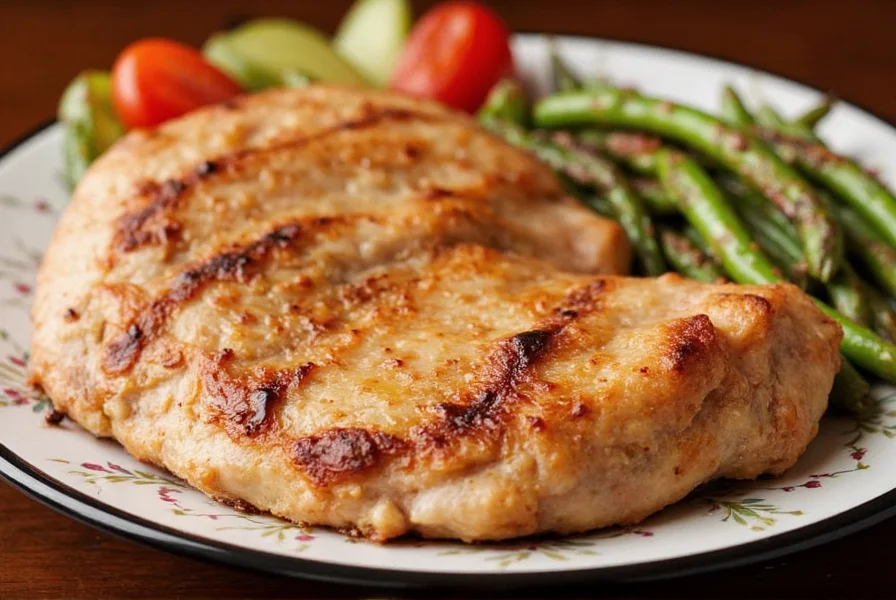
Spice Blend Recipe for Smoked Chicken Breast
For truly exceptional flavor, use this professional-grade spice blend that balances sweetness, smokiness, and savory notes. This recipe makes enough for 4-6 chicken breasts (6-8 oz each):
- 2 tbsp smoked paprika (for authentic smoky flavor)
- 1 tbsp brown sugar (for caramelization and moisture retention)
- 1 tbsp garlic powder (for depth without overpowering)
- 1 tbsp onion powder (for subtle sweetness)
- 1 tsp cumin (for earthy complexity)
- 1 tsp dried oregano (for aromatic balance)
- 1 tsp black pepper (freshly ground for best flavor)
- 1.5 tsp sea salt (for seasoning without making it salty)
- 1/2 tsp cayenne pepper (optional for mild heat)
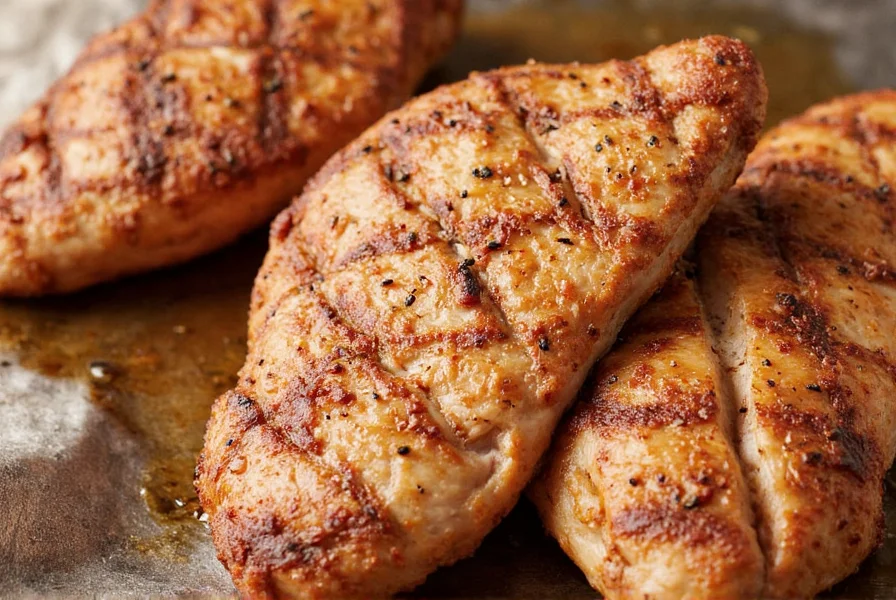
Step-by-Step Smoking Process for Juicy Chicken Breast
Follow these precise steps for perfectly smoked chicken breast every time:
- Prep the chicken: Pat dry 4-6 boneless, skinless chicken breasts (6-8 oz each) with paper towels. Trim excess fat for even cooking.
- Brine for moisture: Soak chicken in brine (1/4 cup salt + 1/4 cup brown sugar + 4 cups water) for 30-60 minutes. This prevents drying during smoking.
- Apply spice rub: Coat chicken evenly with the spice blend above, pressing gently to adhere. Let sit 30 minutes at room temperature.
- Preheat smoker: Set smoker to 225°F (107°C) with applewood or cherry wood chips for mild, sweet smoke.
- Smoke: Place chicken on smoker rack, fat side up. Smoke for 1.5-2 hours until internal temperature reaches 155°F (68°C).
- Rest and finish: Remove chicken when 155°F, tent with foil, and let rest 10 minutes. Internal temperature will rise to 165°F (74°C) for safe consumption.
- Optional glaze: For extra flavor, brush with honey mustard glaze during the last 15 minutes of smoking.
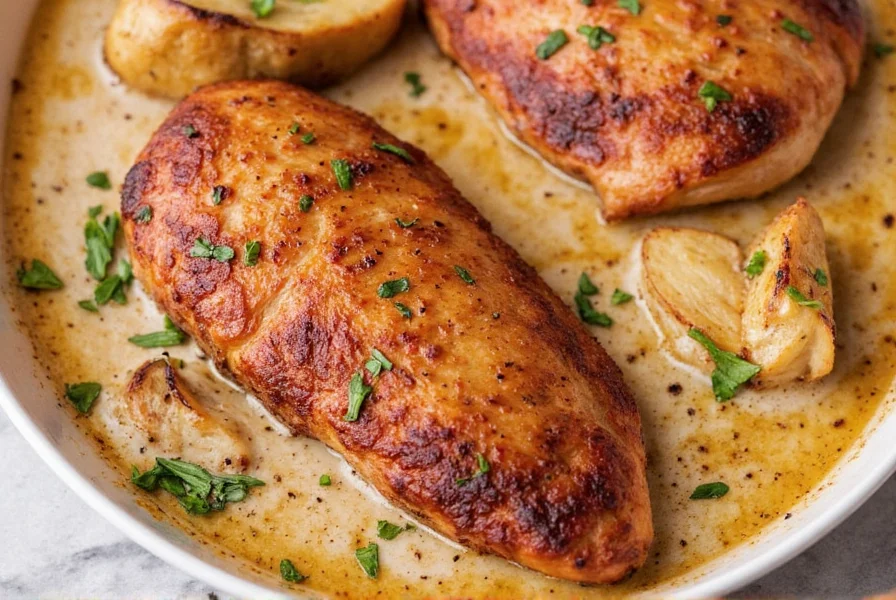
Smoker Equipment Guide: Choosing the Right Tools
| Smoker Type | Key Features | Best For | Price Range |
|---|---|---|---|
| Vertical Water Smoker | Water pan for moisture control, easy temperature management | Beginners, small batches, consistent results | $100-$250 |
| Electric Smoker | Automatic temperature control, minimal monitoring required | Convenience seekers, consistent low-and-slow smoking | $150-$400 |
| Pellet Smoker | Wood pellet fuel, precise temperature control, versatile cooking | Intermediate to advanced smokers, multiple cooking styles | $300-$1000 |
| Charcoal Smoker | Traditional method, requires more skill but superior flavor | Experienced pitmasters, authentic smoke flavor | $200-$600 |
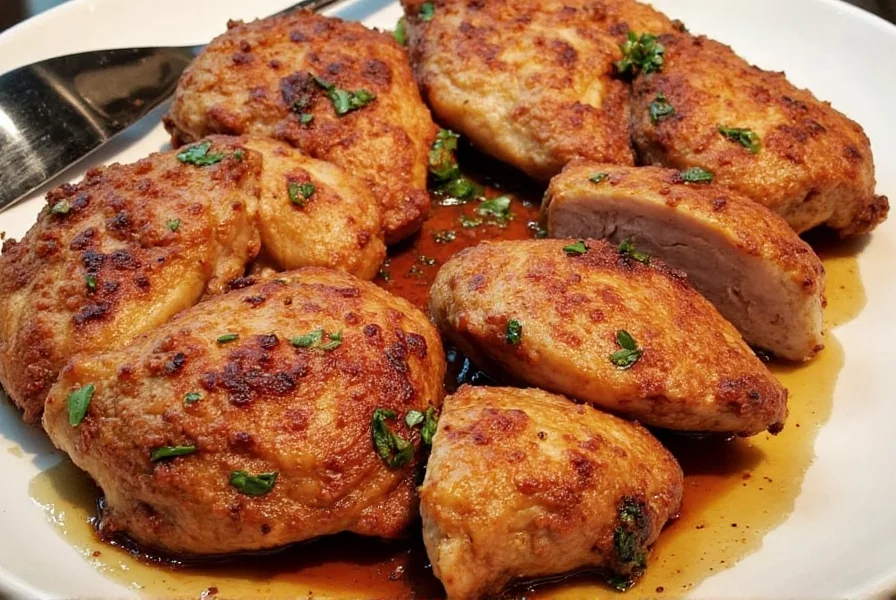
Essential Smoking Tools Checklist
- Instant-read meat thermometer (accurate to within 1°F) - critical for perfect doneness
- Wood chips/pellets - apple, cherry, or pecan for chicken (avoid hickory which can overpower)
- Smoking rack with raised edges - prevents drippings from causing flare-ups
- Aluminum foil tent - for resting chicken after smoking
- Brine container - large enough to fully submerge chicken breasts
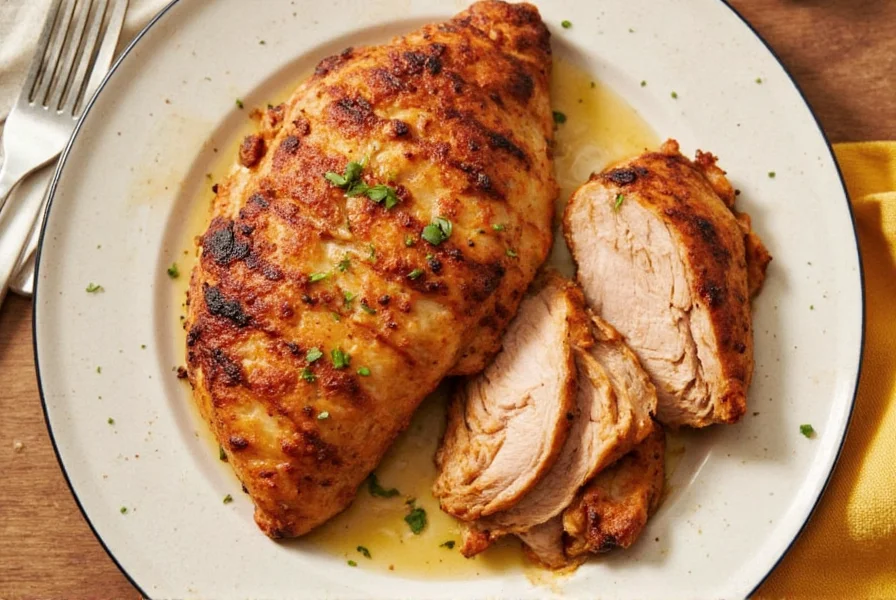
Top 5 Mistakes That Dry Out Smoked Chicken Breast
- Skipping the brine - Brining is essential for moisture retention in lean chicken breast. Without it, the meat will dry out during smoking.
- Smoking at too high temperature - Above 250°F causes rapid moisture loss. Maintain 225-240°F for optimal results.
- Not using a meat thermometer - Guessing doneness leads to overcooking. Always check internal temperature.
- Not resting the chicken - Skipping the 10-minute rest causes juices to run out when sliced.
- Using the wrong wood - Strong woods like mesquite or hickory overpower chicken. Stick to fruitwoods for best flavor balance.
Why This Method Works Every Time
By following this precise method with proper brining, controlled smoking temperature, and accurate thermometer use, you'll consistently achieve juicy, flavorful smoked chicken breast that rivals professional results. The key is understanding that chicken breast is lean and prone to drying out, so moisture retention techniques are essential. Experiment with different wood types and glazes to find your perfect flavor combination, but always start with these proven fundamentals for guaranteed success.
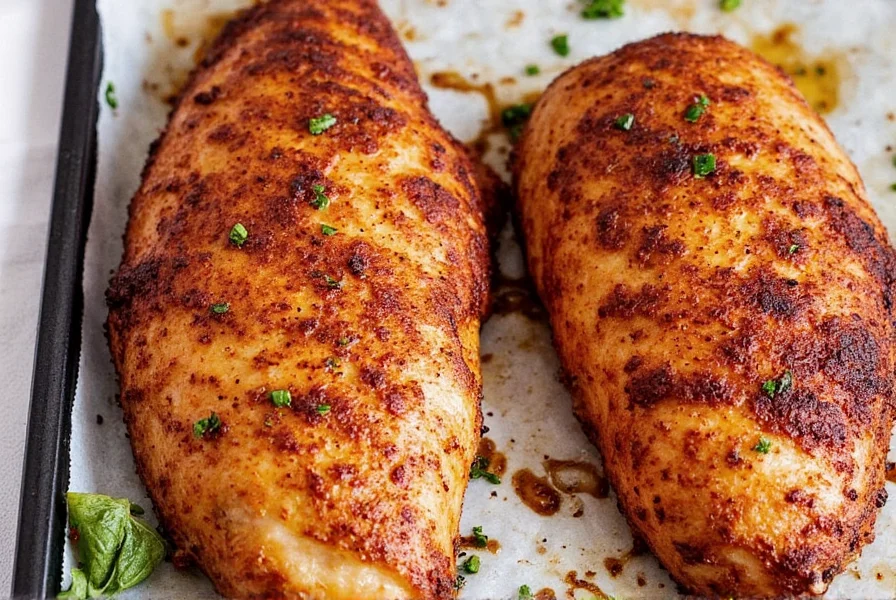

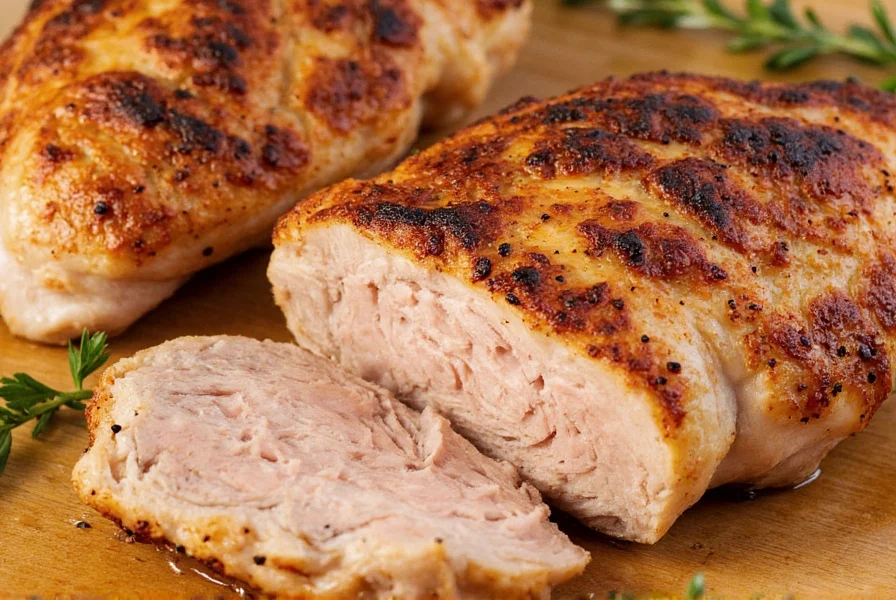









 浙公网安备
33010002000092号
浙公网安备
33010002000092号 浙B2-20120091-4
浙B2-20120091-4